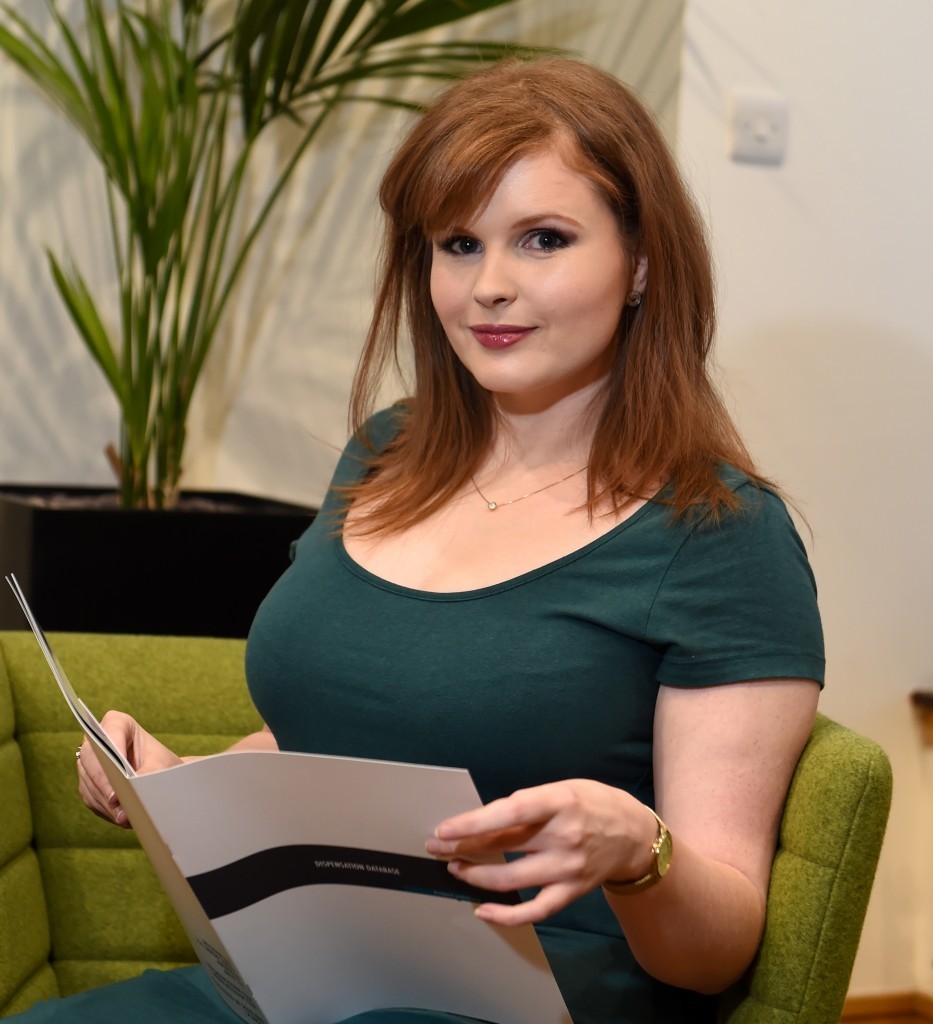
Where do efficiency savings and productivity gains come from when the obvious wastage is eliminated? When the headcount requires no more than a couple hands and a foot? That’s the question facing many of us now as the black expanse of $30 oil spreads out before us.
Efficiency is everyone’s responsibility. Whether your project or department is at risk of closure if it can’t turn a profit next quarter, or after the last round of redundancies you have found yourself with the workload of three people but still only 24 hours in a day, we all face unprecedented scrutiny.
When there is no margin for error every action counts. To make every action count you must understand the consequences of the act not just for yourself, but how it ties it to the overall picture of the company. What is a company if not a sum of the people it employs and the decisions they make?
Each one of us plays our part; and if you are reading this and still have a job, a vital part, in the successful operation of your company. How often, however, do we see the fuller picture of what exactly is making this company stay afloat?
You may not have the power to make the kind of decisions that make your company fully sustainable in the current market. But you can lead by example and question the processes you already know to be inefficient. You can use your experience to find opportunities for improvement and company resources that aren’t being fully utilised.
We are lucky to work in a time where unprecedented levels of data are recorded across spreadsheets, emails, minutes, plans, budgets and forecasts. These are critical assets to your decision making process.
You find answers to your questions by exploring these data assets. Every day you recognise how things could be smoother, faster, easier.
The solution to the next round of efficiency savings and productivity gains is efficient use of data and a questioning mind at every level of the organisation.
These departmental gains will add up. Small opportunities to improve asset utilisation or project billing will snowball in to something greater.
Something longer lasting will happen too. The people and their decisions will become more responsive; everyone will become more focused on commercial success and business objectives. We will learn lessons from one another as operations become more transparent.
What might happen is better than merely staying afloat. What might emerge is a sustainable commercial strategy that works at $30. And what works at $30 usually works even better when the price rises.
Jennifer Sillars is Marketing Strategy Manager at WIZZDIM, a software company specialising in business intelligence for the energy sector. Read Jennifer’s post titled ‘Point us in the right direction and let us geek’ here.
Recommended for you
